What is the pH of a 0.10 M C6H5O− solution? The Ka of C6H5OH is1.0×10−10Solution in Telugu
10.51
11.04
11.50
12
Step by step video & image solution for What is the pH of a 0.10 M C_(6)H_(5)O^(-) solution? The K_(a) of C_(6)H_(5)OH is 1.0xx10^(-10) by Chemistry experts to help you in doubts & scoring excellent marks in Class 11 exams.
Updated on:21/07/2023Topper's Solved these Questions
- IONIC EEQUILIBRIUMBOOK - NARENDRA AWASTHICHAPTER - IONIC EEQUILIBRIUMEXERCISE - Level- 1
1 Videos
- IONIC EEQUILIBRIUMBOOK - NARENDRA AWASTHICHAPTER - IONIC EEQUILIBRIUMEXERCISE - Level- 2
11 Videos
- GASEOUS STATEBOOK - NARENDRA AWASTHICHAPTER - GASEOUS STATEEXERCISE - Level 3 - Subjective Problems
1 Videos
- SOLID STATEBOOK - NARENDRA AWASTHICHAPTER - SOLID STATEEXERCISE - Level 3 - Subjective Problems
1 Videos
Similar Questions
Which of the following will decrease with dilution at a given temperature?
View Solution50 mL of 0.5 M Na2CO3 is titrated against 0.1 M HCl. On adding 40 mL of HCl, pH of the solution will be:[Given for H2CO3 , pK a 1=6.35; pK a 2=10.33; log3=0.477, log2=0.30]
View SolutionOne mole of a gas changed from its initial state (15L,2 atm) to final state (4L,10 atm) reversibly. If this change can be represented by a straight line in P - V curve maximum temperature (approximate), the gas attained is x×102K. Then find the value of x.
View SolutionIonic solid Na+A− crystallise in rock salt type structure . 2.592 gm of ionic solid salt NaA dissolved in water to make 2 litre solution . The pH of this solution is 8. If distance between cation anion is 300 pm . Calculate the density of ionic solid (Pkw=13 Pka=13)
View SolutionSelect the correct answer:
a.
i. PhOC2H5 ii. Ph−−−O−−−Ph
iii. PhI iv. C2H5OC2H5
b.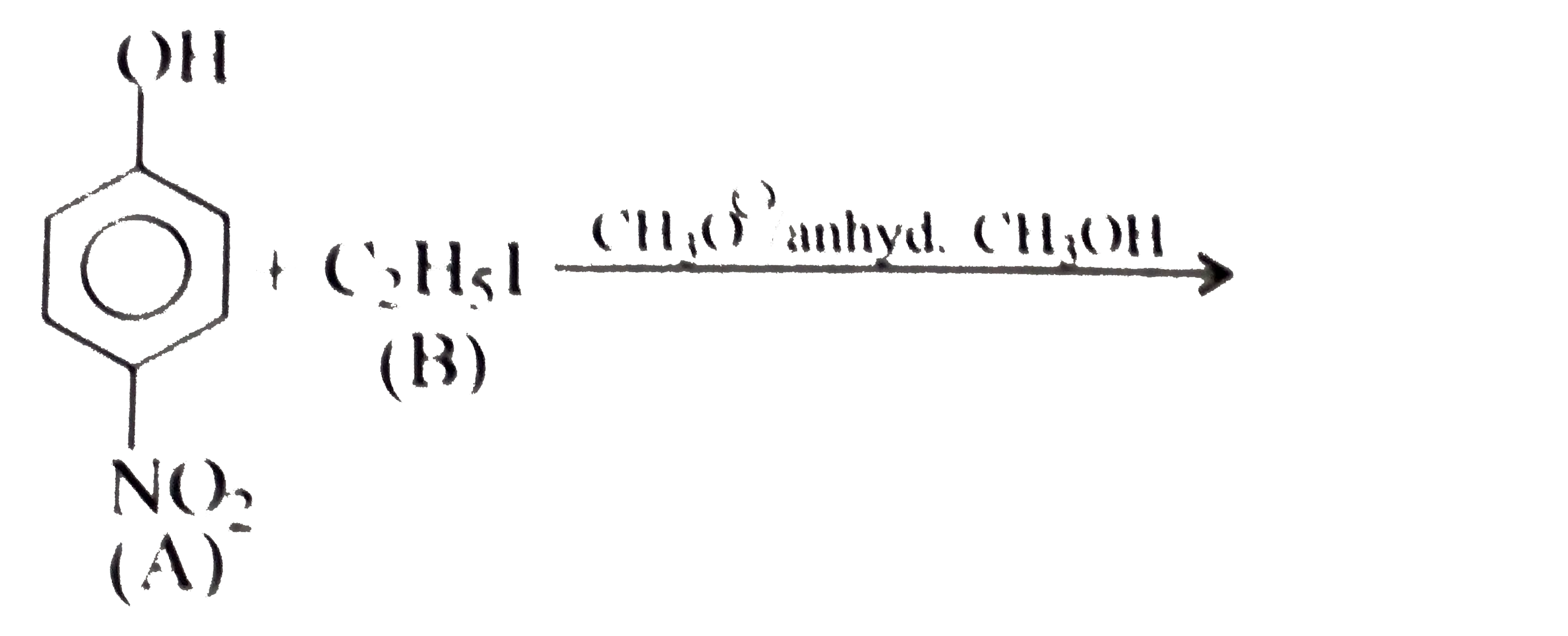
i. p−−NO2−−C6H4−−OC2H5
ii. p−−NO2−−C6H4−−O−−C6H4−−NO2−−p
iii. C2H5−−O−−CH3
iv. p−−NO2−−C6H5−−I.
c.
i. C6H5CH2−−O−−Ph
ii. C6H5CH2−−O−−C2H5
iii. Ph−−O−−C2H5
iv. C2H5−−O−−C2H5
d.
i. C6H5CH2−−O−−C2H5
ii. C6H5−−CH2−−O−−Ph
iii. Ph−−O−−C2H5
iv. C2H5−−O−−C2H5 .
e.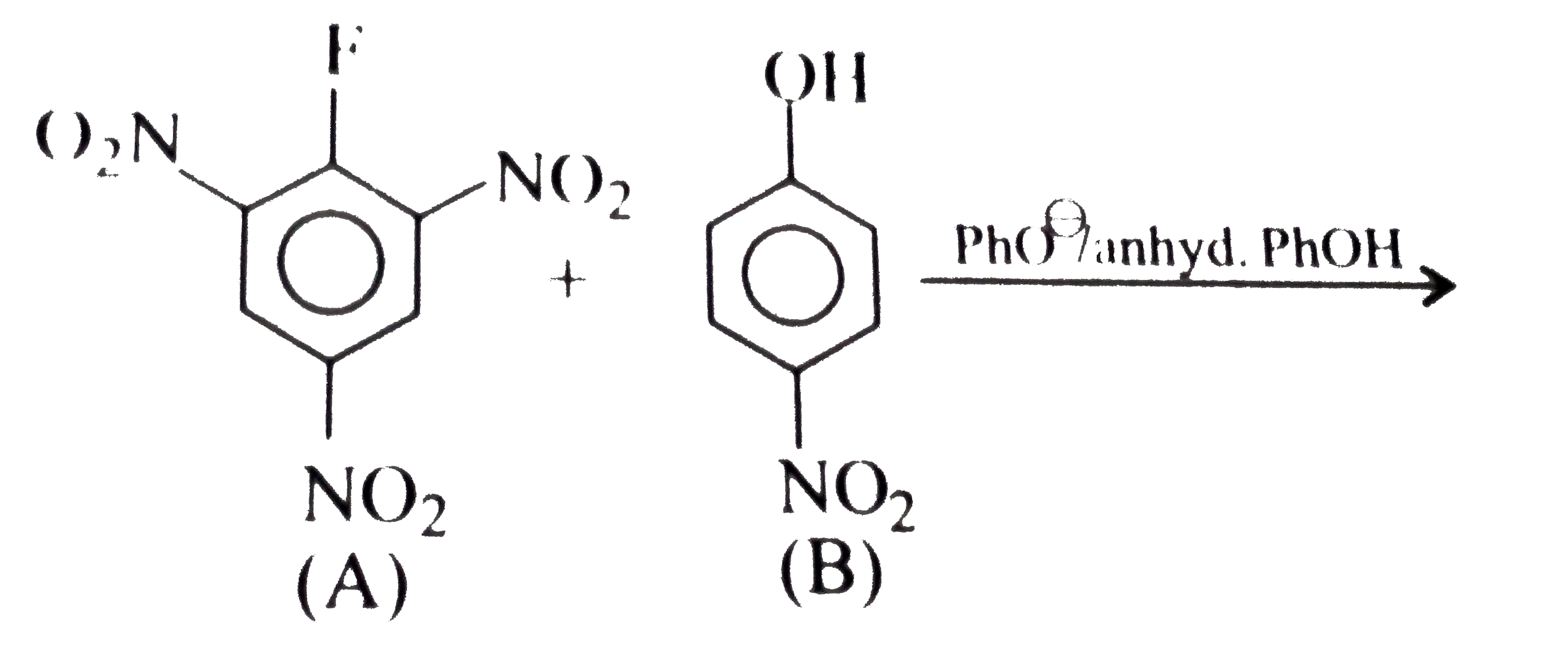
i.
ii.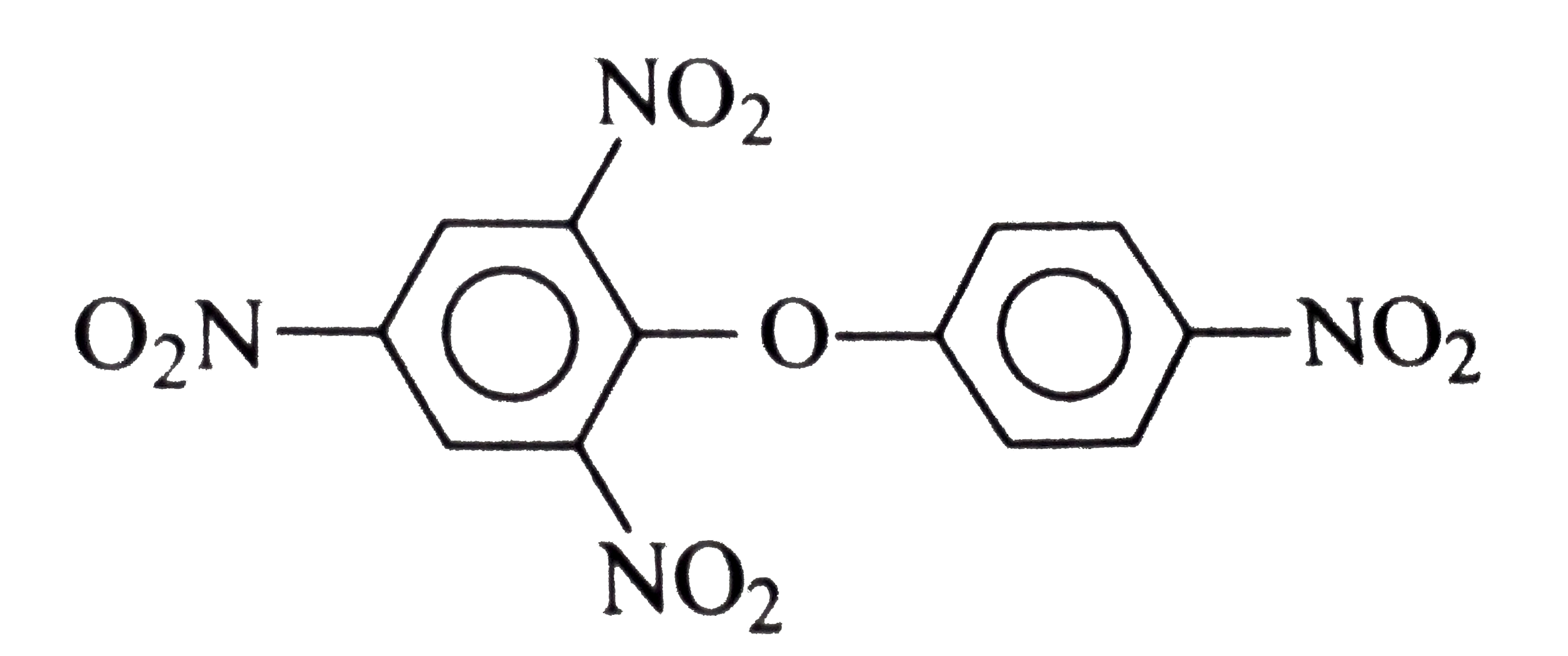
iii.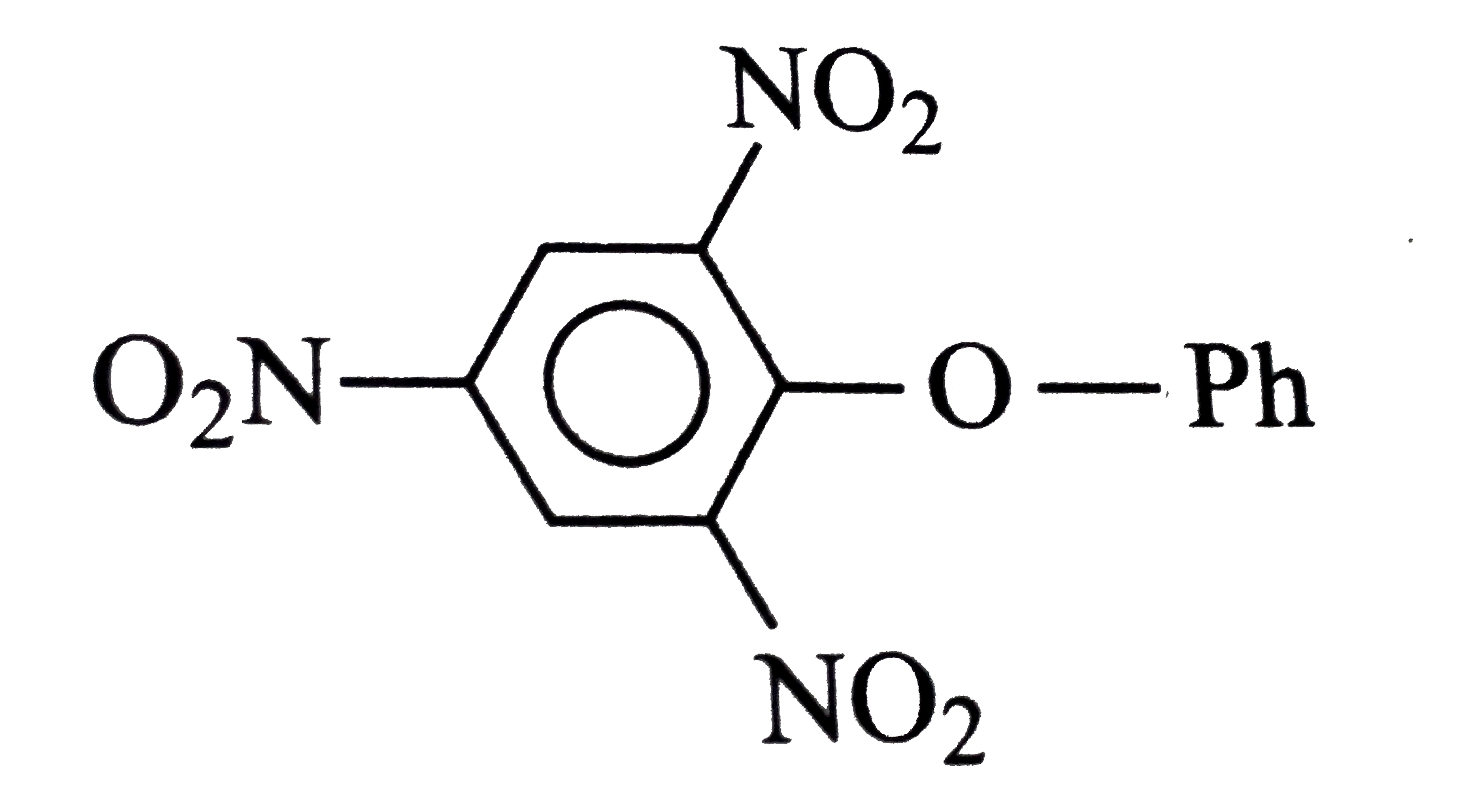
iv.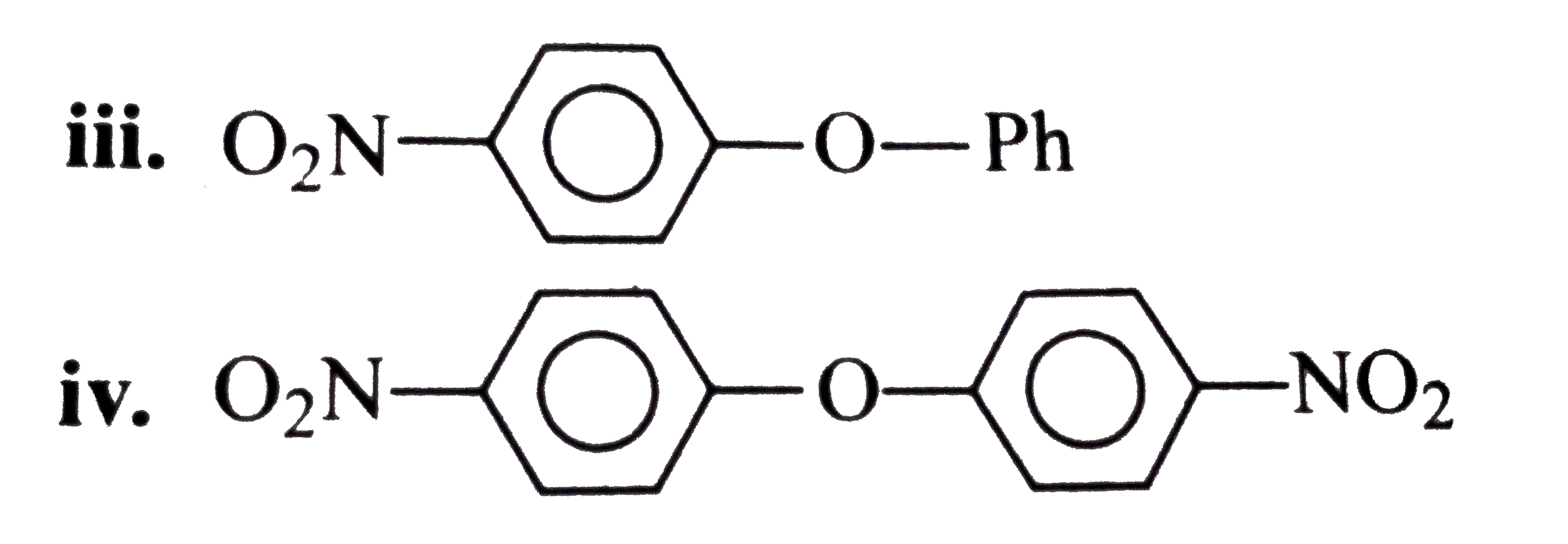
f.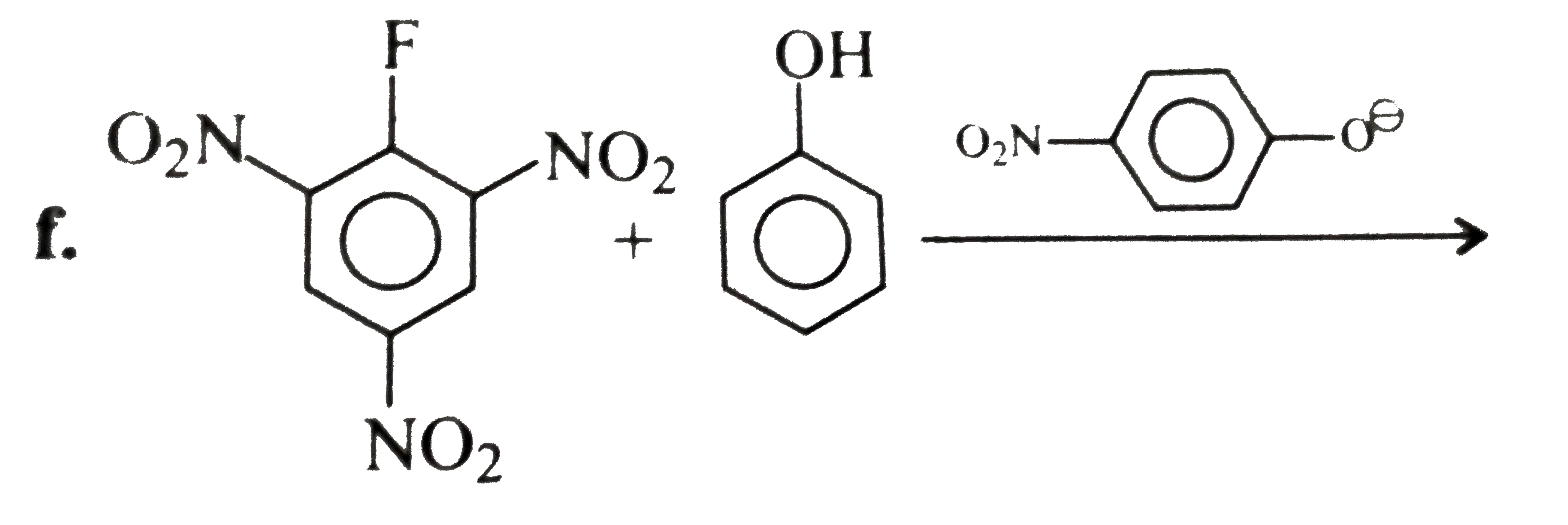
i.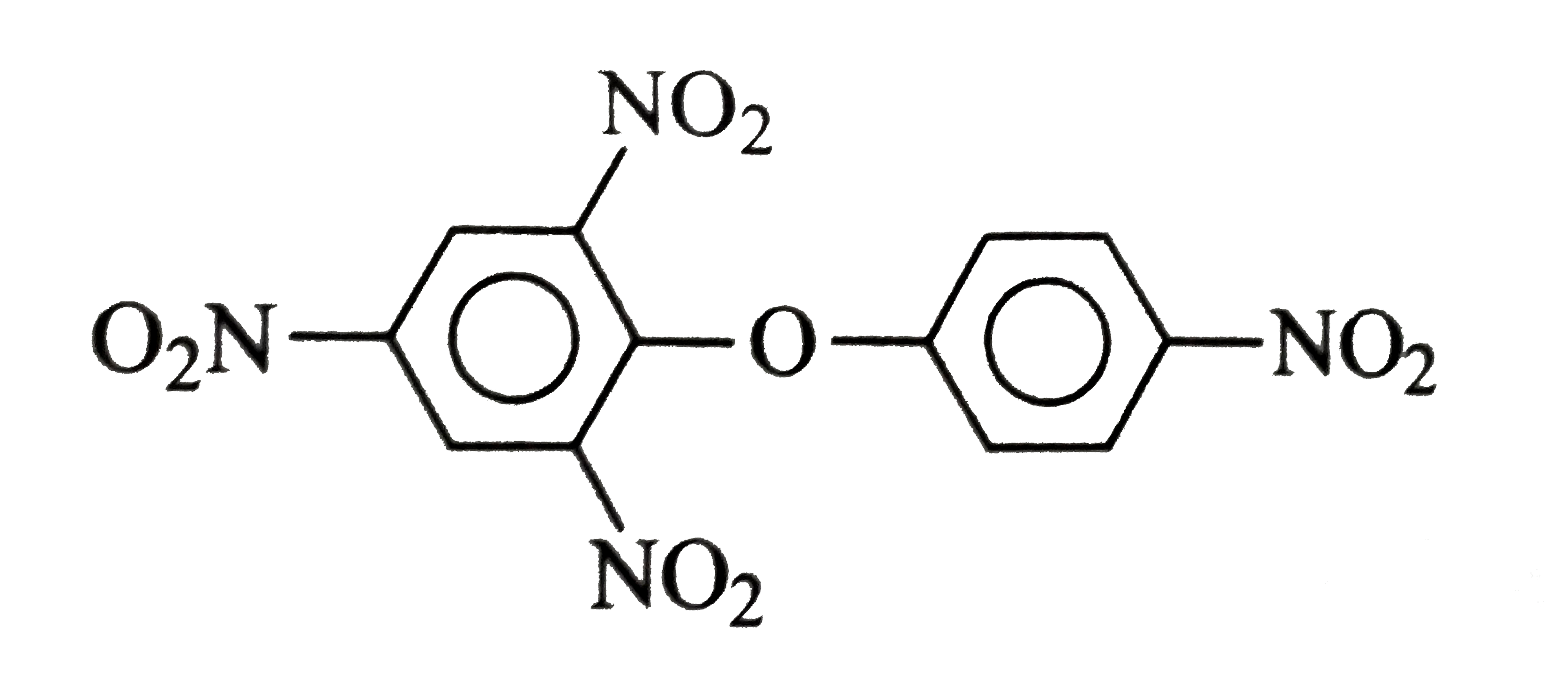
ii.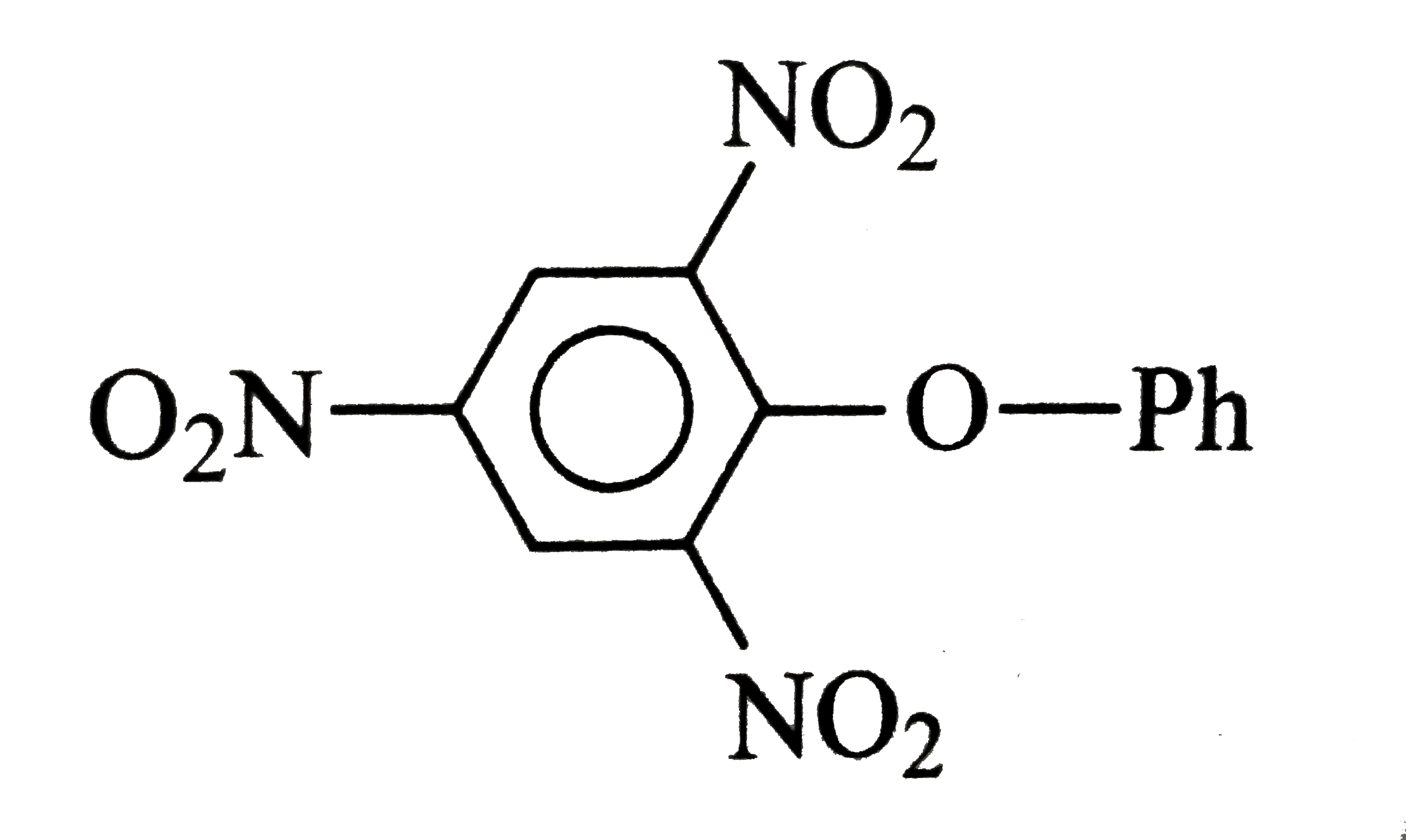
iii.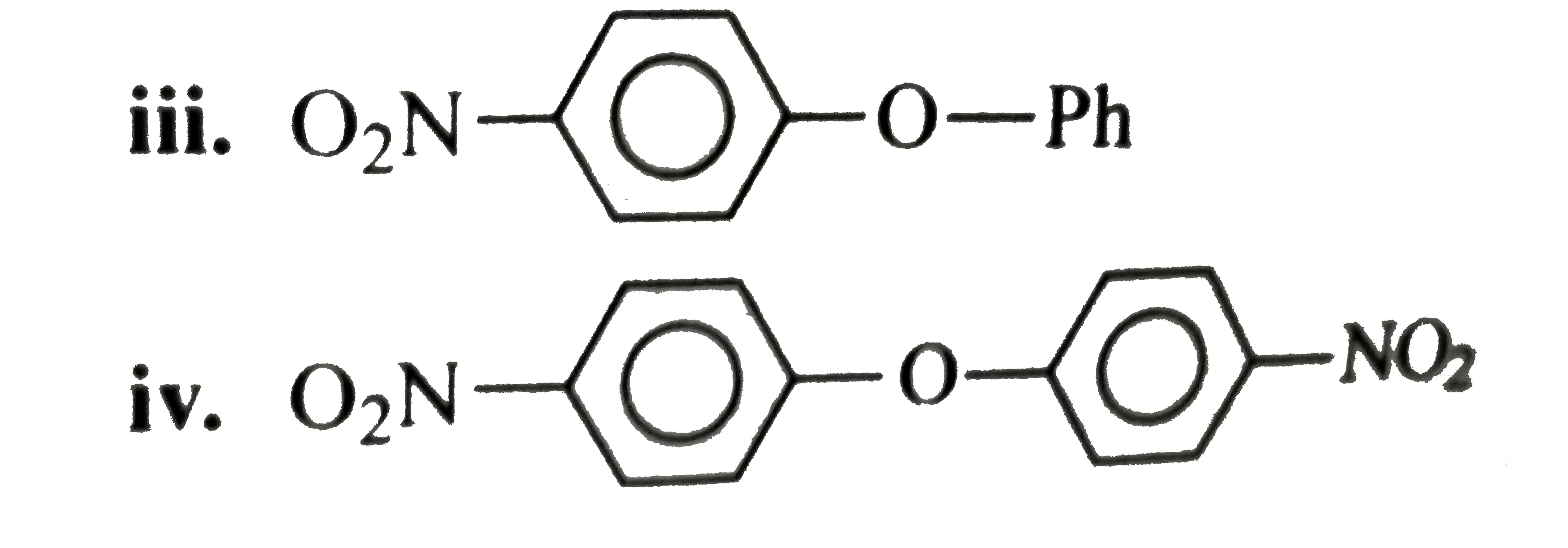
View SolutionAniline, C_(6)H_(5)NH_(2) react with water according to the equation C_(6)H_(5)NH_(2)(aq)+H_(2)O(I)hArrC_(6)H_(5)NH_(3)^(+)(aq)+OH^(-)(aq) In a 0.180 M aqueous aniline solution the [OH^(-)]=8.80xx10^(-6)M The value of the base ionization constant K_(b) for C_(6)H_(5)NH_(2)(aq) and the percent ionization of C_(6)H_(5)NH_(2) in this solution are,
View SolutionWhat is the pH of a 0.10 M C_(6)H_(5)O^(-) solution? The K_(a) of C_(6)H_(5)OH is 1.0xx10^(-10)
View SolutionFor the equilibrium :
I:C6H5COOH+H2O⇔C6H5COO−+H3O+,K1=6.30×10−5
II:C6H5COOH+OH−⇔C6H5COO−+H2O,K2=6.30×109
III:H2O+H2O⇔H3O++OH−,K3=?
K3 using above equilibria is:
View SolutionIn the reaction : C6H5CHO+C6H5NH2→C6H5N=HCC6H5+H2O, the compound C6H5N=HCC6H5 is known as
View SolutionThe major products that are formed by heating C6H5−CH2−O−C6H5 with HI
(A) 2C6H5I
(B) C6H5CH2IandC6H5OH
(C) 2C6H5OH
(D) C6H5CH2OHandC6H5I
View SolutionCalculate the pH of 1.0 xx 10^(-3) M sodium phenolate NaOC_(6)H_(5) K_(a) for C_(6)H_(5)OH is 1 xx 10^(-10)
View SolutionIdentify A from the following: (i) C_(6)H_(5)COCH_(3) overset(A)to C_(6)H_(5)COOH+CO_(2)+H_(2)O (ii) C_(6)H_(5)COCH_(3) overset(A)to C_(6)H_(5)-underset(OH)underset(|)overset(H)overset(|)C-C_(6)H_(5) (iii) C_(6)H_(5)COCH_(3) overset(A)to C_(6)H_(5)CH_(2)CH_(3)+H_(2)O
View Solutionकौन - सा युग्म समावयवी है?
(i) C6H6 और C2H6
(ii) C4H5 और C4H10
(iii) C2H5OH और CH3OCH3
(iv) C5H5 और C6H12
View SolutionIdentify the electrophile and nucleophile in the following reactions :
(a) C6H5N2Cl+KI→C6H5I+KCL
(b) C6H5N2Cl+C6H5OH→C6H5N=N−C6H4OH
(c) C6H5N2Cl+CH3OH→C6H5OCH3
(d) C6H5N2Cl+H2O→C6H5OH
View SolutionIdentify the electrophile and nucleophile in the following reactions :
(a) C6H5N2Cl+KI→C6H5I+KCL
(b) C6H5N2Cl+C6H5OH→C6H5N=N−C6H4OH
(c) C6H5N2Cl+CH3OH→C6H5OCH3
(d) C6H5N2Cl+H2O→C6H5OH
View SolutionIdentify the electrophile and nucleophile in the following reactions : (a) C_(6)H_(5)N_(2)Cl +KI rarr C_(6)H_(5)I+KCL (b) C_(6)H_(5)N_(2)Cl +C_(6)H_(5)OH rarr C_(6)H_(5)N=N-C_(6)H_(4)OH (c) C_(6)H_(5)N_(2)Cl+CH_(3)OH rarr C_(6)H_(5)OCH_(3) (d) C_(6)H_(5)N_(2)Cl+H_(2)O rarr C_(6)H_(5)OH
View Solution
